Increasing Livestock Production
The Plasma Feed Market is experiencing a surge in demand due to the increasing livestock production across various regions. As populations grow, the need for protein sources, particularly from livestock, intensifies. In 2025, the livestock sector is projected to expand, with estimates suggesting a rise in meat consumption by approximately 15% over the next five years. This growth necessitates the use of high-quality feed, such as plasma feed, which is known for its nutritional benefits. Plasma feed enhances growth rates and feed efficiency, making it a preferred choice among livestock producers. Consequently, the rising livestock production is a pivotal driver for the Plasma Feed Market, as it aligns with the need for sustainable and efficient feeding solutions.
Nutritional Benefits of Plasma Feed
The Plasma Feed Market is significantly influenced by the recognized nutritional benefits of plasma feed. This type of feed is rich in essential amino acids, vitamins, and minerals, which are crucial for the optimal growth and health of livestock. Research indicates that incorporating plasma feed can lead to improved feed conversion ratios and enhanced immune responses in animals. In 2025, the market is expected to witness a notable increase in demand as producers seek to improve the overall health and productivity of their livestock. The nutritional advantages offered by plasma feed not only support animal welfare but also contribute to higher yields, thereby driving the Plasma Feed Market forward.
Shift Towards High-Quality Animal Products
The Plasma Feed Market is benefiting from a notable shift towards high-quality animal products among consumers. As awareness regarding food quality and safety increases, consumers are demanding meat and dairy products that are not only safe but also nutritious. This trend is prompting livestock producers to adopt advanced feeding strategies, including the use of plasma feed, which is known for its superior nutritional profile. In 2025, the market is likely to see a rise in the adoption of plasma feed as producers aim to meet consumer expectations for quality. This shift towards high-quality animal products is a significant driver for the Plasma Feed Market, as it encourages the use of innovative feeding solutions that enhance product quality.
Technological Innovations in Feed Production
The Plasma Feed Market is poised for growth due to ongoing technological innovations in feed production. Advances in processing techniques and formulation strategies are enhancing the efficiency and effectiveness of plasma feed. In 2025, the market is expected to benefit from these innovations, which may lead to improved product consistency and reduced production costs. Technologies such as spray-drying and membrane filtration are being utilized to optimize the extraction and preservation of plasma proteins, making them more accessible to livestock producers. These technological advancements not only improve the quality of plasma feed but also contribute to the overall growth of the Plasma Feed Market by making it a more viable option for producers.
Regulatory Support for Feed Quality Standards
The Plasma Feed Market is positively impacted by regulatory support aimed at enhancing feed quality standards. Governments and regulatory bodies are increasingly recognizing the importance of high-quality feed in ensuring animal health and food safety. In 2025, it is anticipated that new regulations will be introduced to promote the use of safe and nutritious feed ingredients, including plasma feed. This regulatory support is likely to encourage livestock producers to adopt plasma feed as a means of complying with stringent quality standards. As a result, the Plasma Feed Market is expected to experience growth driven by the alignment of regulatory frameworks with the demand for high-quality feed solutions.
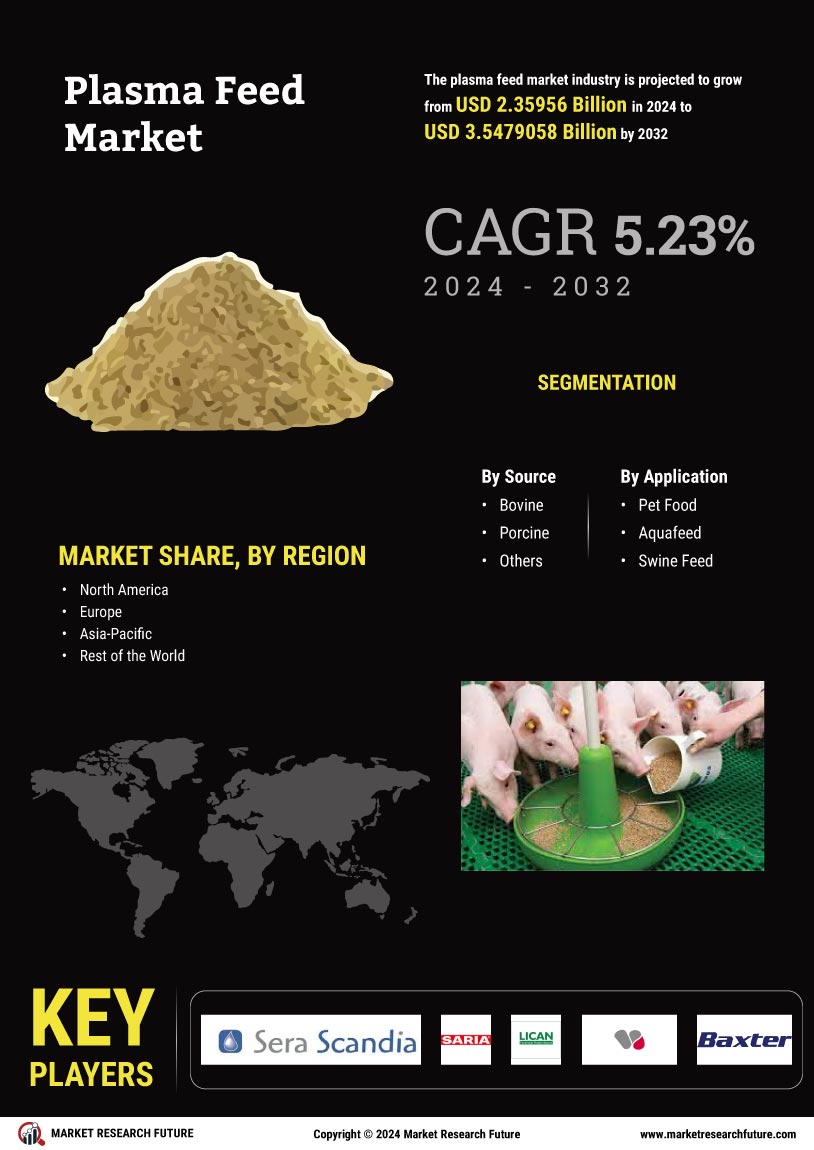

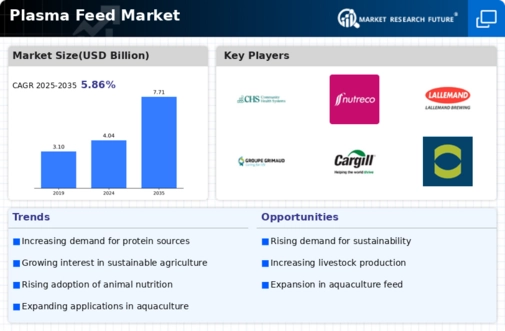
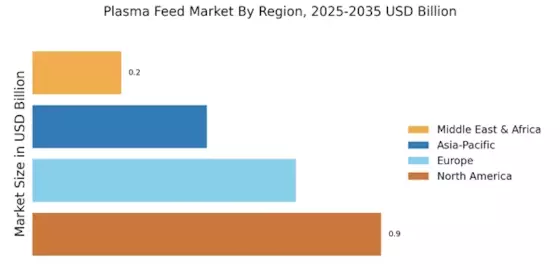
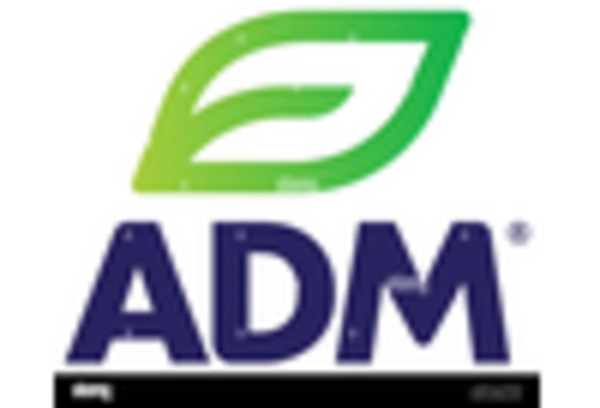
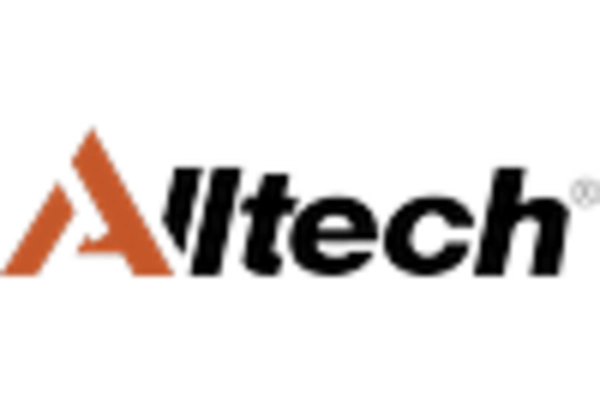



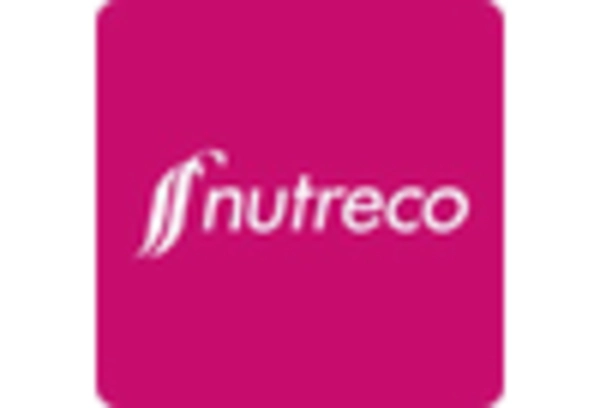








Leave a Comment